The Age of Digital Leak Detection
Gone are the days of plumbers relying solely on guesswork and invasive methods to find hidden leaks in your plumbing system. Today, professionals use advanced digital leak detection techniques that make leak hunting a precise, non-destructive, and time-saving endeavor.
1. Acoustic Leak Detection: The Symphony of Leaks
Imagine a plumber armed with an "ultrasonic ear" that can detect the faintest leaks in your pipes – that's acoustic leak detection for you! This technique uses sensitive equipment to listen for the distinctive sounds of water escaping from damaged pipes. When pressurized water exits a tiny crack or hole, it creates specific noise patterns that experienced plumbers can identify with their high-tech gadgets.
What's in it for you? Quick identification of leaks means minimal disruption to your home, preventing costly water damage, and saving gallons of water that might otherwise go to waste. Plus, you get to witness a real-life symphony of leaks – your home's plumbing system serenading the plumber!
Looking for a plumber who can "hear" your leaks before they wreak havoc? Reach out to us to schedule an acoustic leak detection assessment today!
2. Thermal Imaging: Catching Leaks Red-Handed
Have you ever wanted to see your home through the eyes of a superhero? Thermal imaging can make that dream come true (minus the cape and tights). This incredible technology uses infrared cameras to detect temperature differences in your walls, floors, and ceilings caused by leaking water. The visuals display leaky spots as "hot" or "cold" patches, giving plumbers an immediate roadmap to the leak's location.
What's in it for you? With thermal imaging, we can track down leaks hidden behind walls or under floors without any destructive exploratory work. Our high-tech heroics save you from the hassle and expenses of tearing down walls just to find the source of the leak!
Unveil the secret identities of those pesky leaks with our thermal imaging expertise. Contact us now to book your leak detection mission!
3. Hydrostatic Pressure Testing: Stressing Out Your Plumbing System
No, we're not trying to stress you out – just your plumbing system! Hydrostatic pressure testing is like a workout for your pipes, but in a controlled environment. Plumbers seal off your entire plumbing system, fill it with water, and then monitor the pressure to check for any significant drops that indicate leaks.
What's in it for you? This method allows us to verify the integrity of your plumbing system, ensuring that every nook and cranny is free from leaks. It's like giving your home's water pipes a thorough health check-up!
Want to put your plumbing system to the test? Let us perform a hydrostatic pressure test to ensure your pipes are leak-free. Get in touch with us today!
4. Video Pipe Inspection: A "Plumber's Endoscopy"
Ever wondered what's going on inside your pipes? With video pipe inspection, plumbers can send a tiny camera through your plumbing system, exploring even the most challenging-to-reach areas. This visual journey reveals any blockages, leaks, or other issues lurking in the shadows.
What's in it for you? You get an up-close and personal tour of your plumbing system, and our plumbers can pinpoint the exact location and nature of leaks without tearing apart your home. It's like a fascinating discovery channel, right in your pipes!
Ready to explore the inner workings of your plumbing system? Schedule a video pipe inspection with us, and let's get to the bottom of those leaks!
5. Electronic Leak Detection: Tracing Leaks with Electric Fingers
Consider this the "CSI of Plumbing" – electronic leak detection uses electric current and sensors to trace the path of water and find leaks. By measuring the electrical conductance between points, this method can pinpoint the precise location of a leak.
What's in it for you? Electronic leak detection is like having a high-tech detective uncovering the mystery of hidden leaks. It's swift, accurate, and avoids any unnecessary disturbances in your home.
Ready to solve the case of those sneaky leaks? Reach out to our electronic leak detection specialists and let's crack the code together!
Conclusion
There you have it, homeowner – the fantastic world of digital leak detection! Armed with these cutting-edge methods, professional plumbers can conquer even the trickiest leaks, saving you time, money, and stress. Don't let leaks dampen your spirits; instead, let the experts work their magic.
Ensure your home remains leak-free! Contact us today to schedule an inspection and bid those leaks farewell. Our plumbing superheroes are always at your service.
Remember, when it comes to leaks, we've got you covered! So sit back, relax, and let the professionals handle the rest.
Stay dry, stay happy!

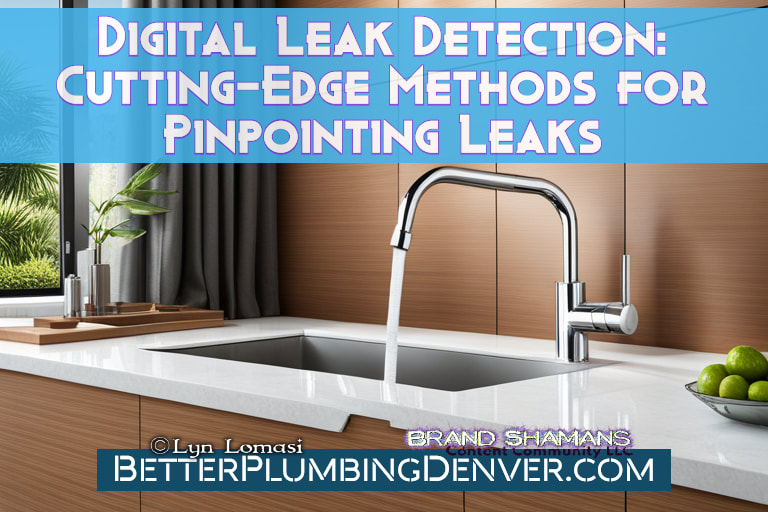
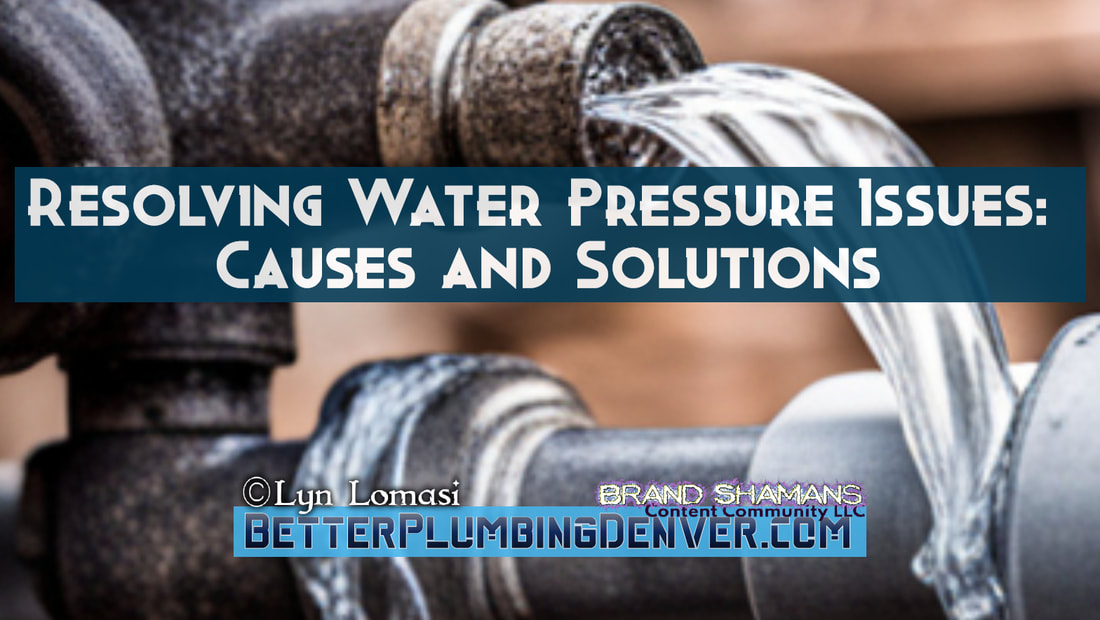
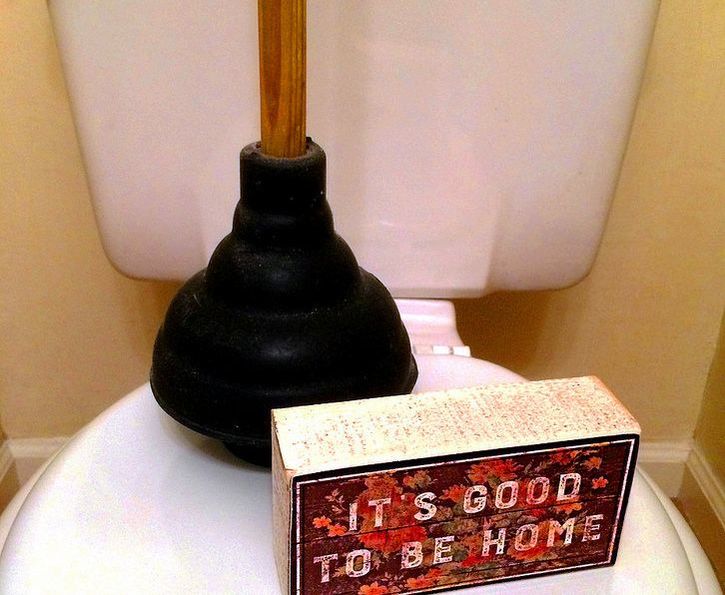
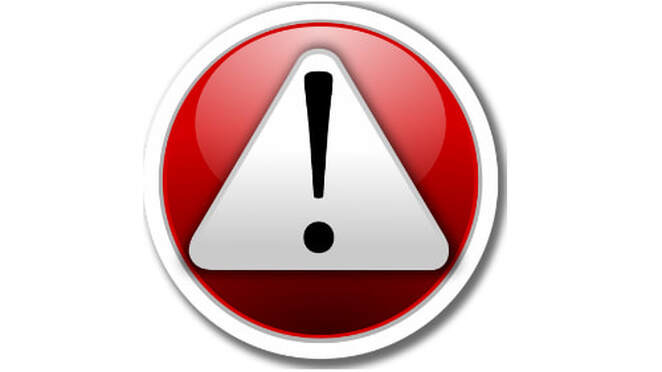
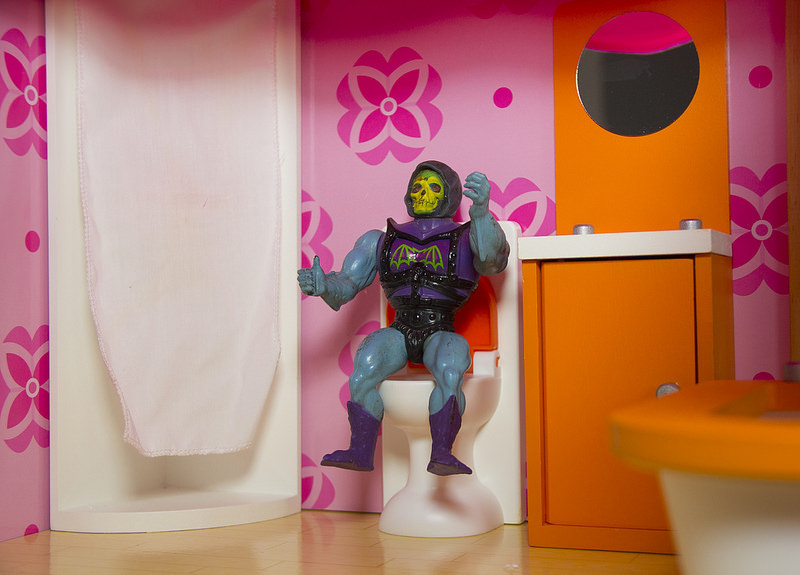
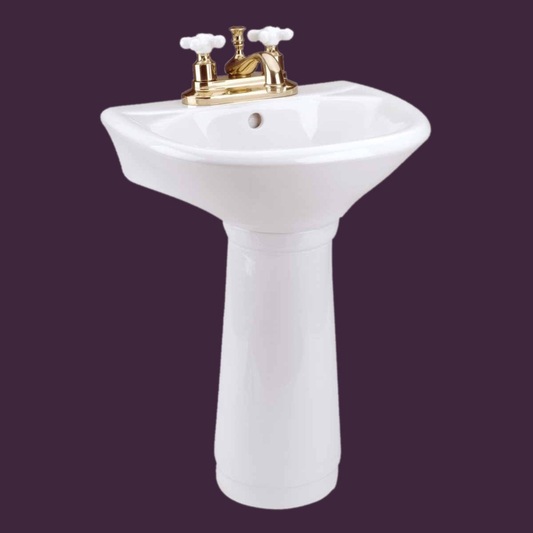
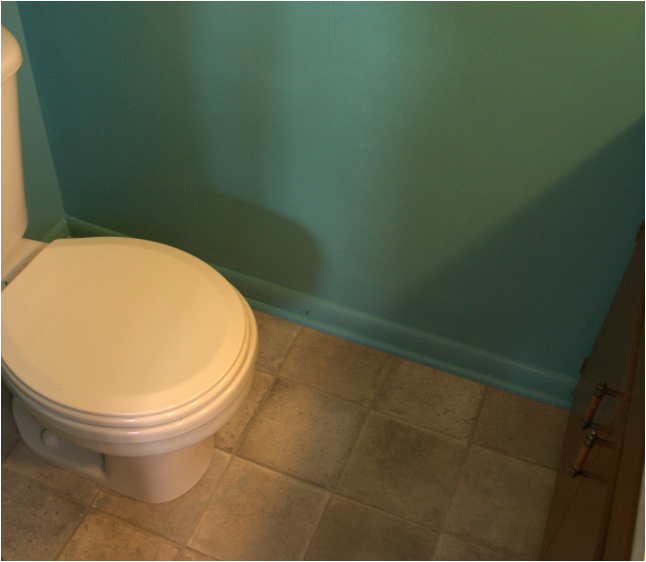
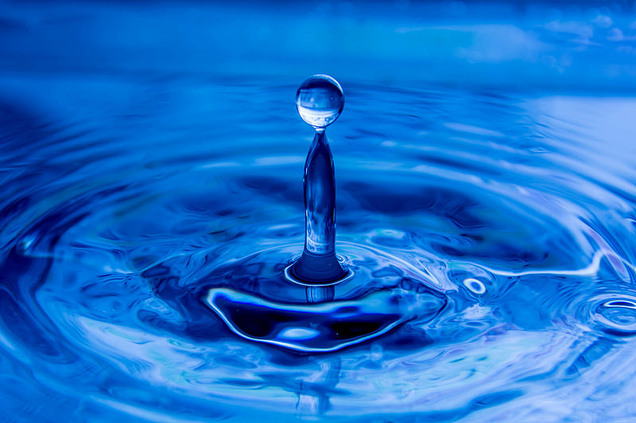
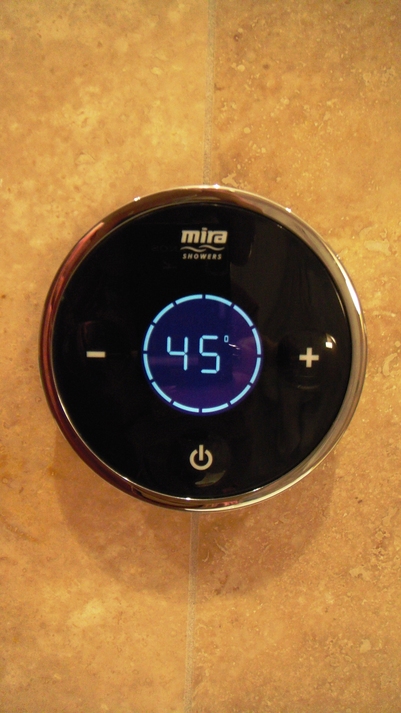
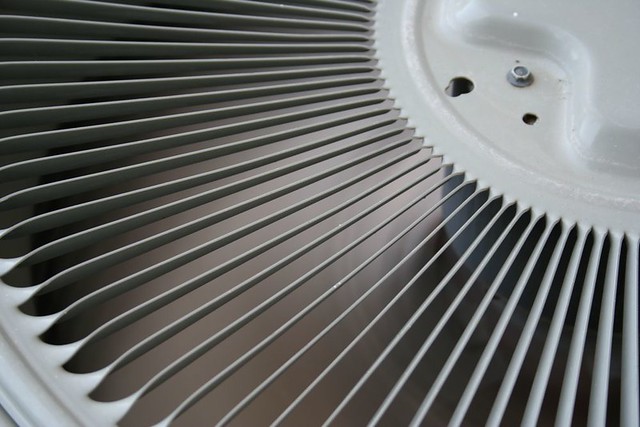
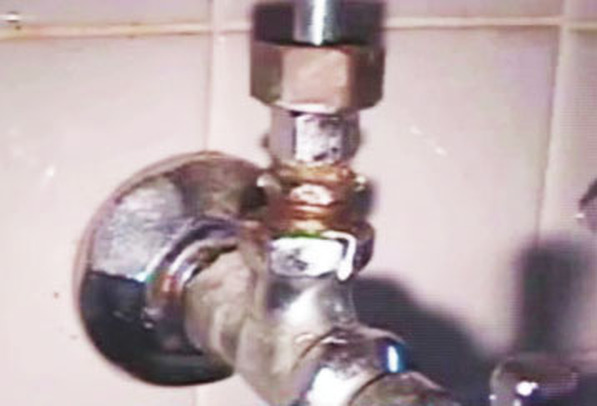
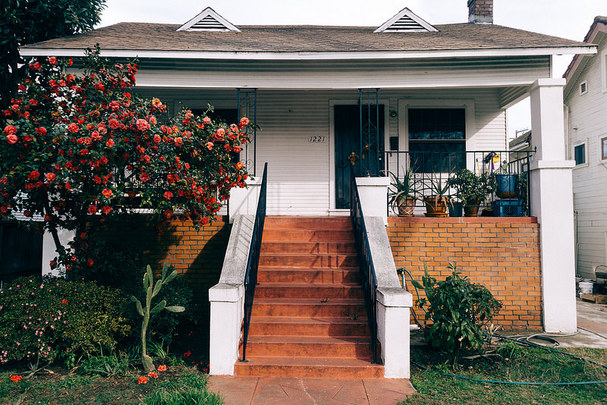

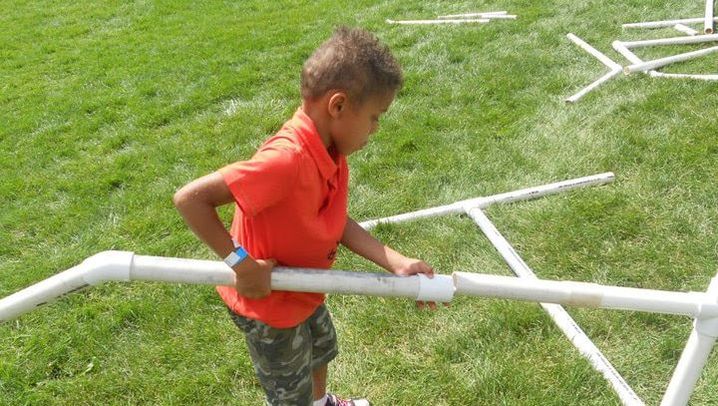
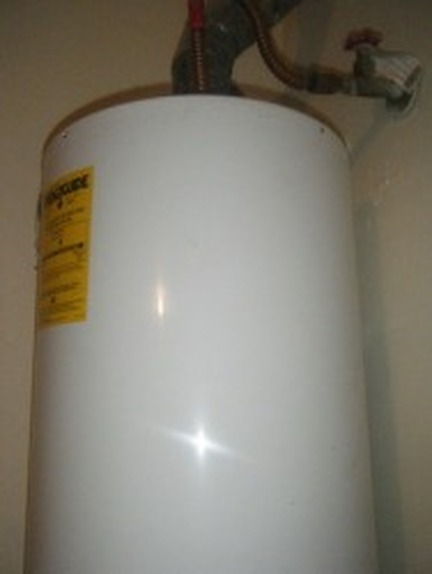
 RSS Feed
RSS Feed

